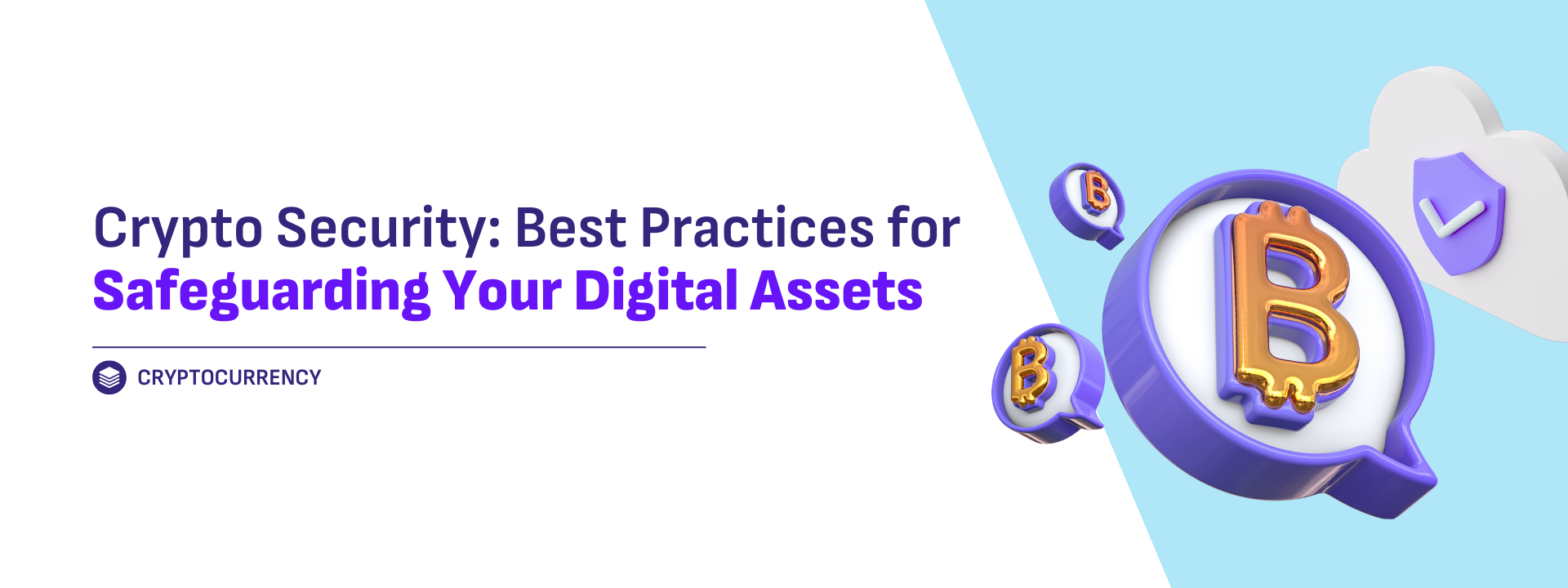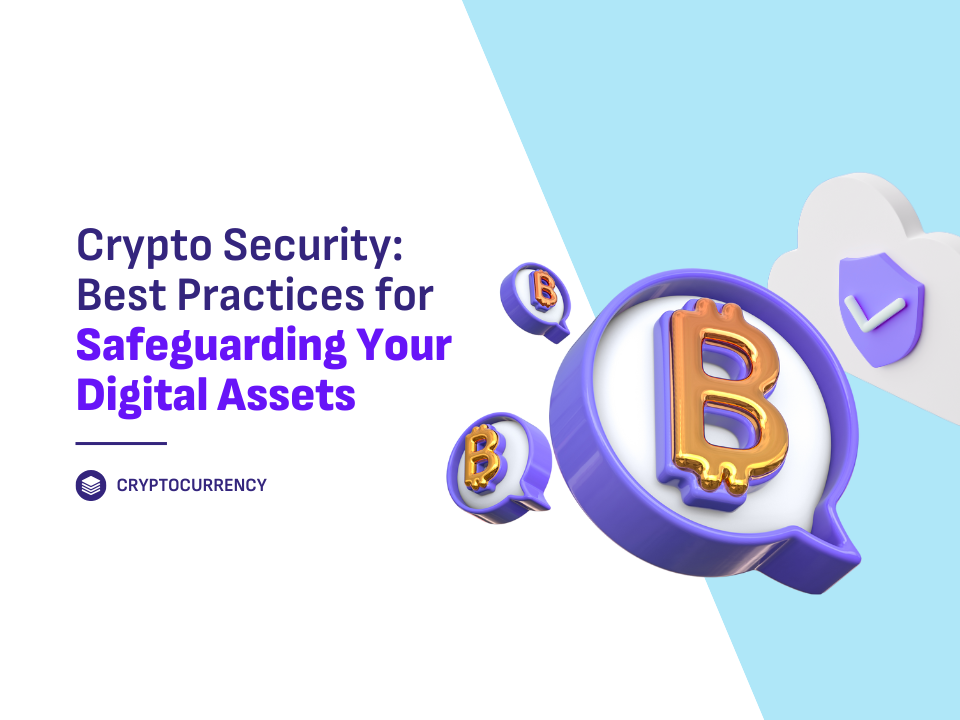

Crypto Security: Best Practices for Safeguarding Your Digital Assets
Introduction
As the popularity of cryptocurrencies continues to rise, so does the importance of securing these digital assets. The decentralized and digital nature of cryptocurrencies makes them a target for theft and fraud. This article explores essential best practices for safeguarding your cryptocurrencies and ensuring that your digital assets remain secure.
1. Use Reputable Wallets
Choosing a reputable and secure wallet is fundamental to protecting your cryptocurrencies. There are two main types of wallets: hot wallets and cold wallets.
- Hot Wallets: These are connected to the internet and are convenient for frequent transactions. However, they are more vulnerable to cyberattacks. Popular examples include mobile wallets, desktop wallets, and web-based wallets. Ensure you use well-reviewed and trusted wallets with strong security features.
- Cold Wallets: These are offline storage solutions and are considered the safest option for long-term storage. Cold wallets include hardware wallets and paper wallets. Hardware wallets, such as Ledger and Trezor, store your private keys offline, significantly reducing the risk of online attacks.
2. Implement Strong Passwords and Two-Factor Authentication
Securing your wallet and exchange accounts with strong passwords and two-factor authentication (2FA) is crucial.
- Strong Passwords: Use complex passwords that combine letters, numbers, and special characters. Avoid using easily guessable information, such as birthdays or common words. Consider using a password manager to generate and store strong, unique passwords for each account.
- Two-Factor Authentication (2FA): Enable 2FA on all your crypto-related accounts. 2FA adds an additional layer of security by requiring a second form of verification, such as a code sent to your mobile phone or generated by an authenticator app. This significantly reduces the risk of unauthorized access.
3. Be Cautious with Phishing Scams
Phishing scams are a common threat in the cryptocurrency space. Attackers often use deceptive emails, websites, or messages to trick individuals into revealing their private keys or login credentials.
- Verify Sources: Always double-check the URL and the legitimacy of the website or email before entering any sensitive information. Ensure you are on the official website of your wallet or exchange.
- Avoid Clicking Links: Be cautious of unsolicited emails or messages that contain links. Instead, navigate directly to the official website by typing the URL into your browser.
4. Backup Your Wallet
Regularly backing up your wallet is essential for recovering your assets in case of hardware failure, loss, or theft.
- Backup Methods: Store your wallet backup in a secure location, such as an encrypted USB drive or a secure cloud storage service. For paper wallets, keep them in a safe place and consider using a fireproof and waterproof container.
- Recovery Phrase: Many wallets provide a recovery phrase (seed phrase) when you set up your wallet. Write down this phrase and store it in a secure location separate from your wallet. This phrase allows you to restore your wallet if needed.
5. Keep Software Updated
Keeping your wallet software, exchange apps, and operating systems up-to-date helps protect against vulnerabilities and exploits.
- Regular Updates: Ensure that you regularly update your wallet software and apps to the latest version. Updates often include security patches that address known vulnerabilities.
- Trusted Sources: Download software and updates only from official and trusted sources. Avoid third-party apps or modifications that could compromise your security.
6. Use Secure Networks
Avoid accessing your cryptocurrency accounts over public or unsecured networks.
- Private Network: Use a secure and private network when accessing your wallet or exchange accounts. Public Wi-Fi networks are more susceptible to security breaches and data interception.
- VPN: Consider using a Virtual Private Network (VPN) to encrypt your internet connection and enhance your online privacy.
7. Monitor Your Accounts Regularly
Regular monitoring of your accounts helps detect any suspicious activity early.
- Transaction Alerts: Enable transaction alerts for your wallet and exchange accounts. These notifications will inform you of any unusual or unauthorized transactions.
- Account Activity: Regularly review your account activity and transaction history. Report any discrepancies or unauthorized transactions to your service provider immediately.
8. Be Aware of Scams and Fraud
Stay informed about common scams and fraudulent schemes in the cryptocurrency space.
- Investment Scams: Be cautious of offers promising high returns with little risk. Conduct thorough research and verify the legitimacy of any investment opportunity before committing your funds.
- Impersonation Scams: Be wary of individuals or organizations claiming to be affiliated with popular cryptocurrencies or exchanges. Always verify their identity through official channels.
Summary
Securing your cryptocurrencies requires a combination of best practices and vigilance. By using reputable wallets, implementing strong security measures, being cautious of scams, and regularly monitoring your accounts, you can significantly reduce the risk of theft and fraud. As the cryptocurrency landscape evolves, staying informed about the latest security practices and threats will help protect your digital assets and ensure their safety.


